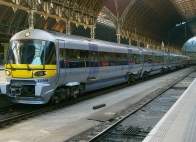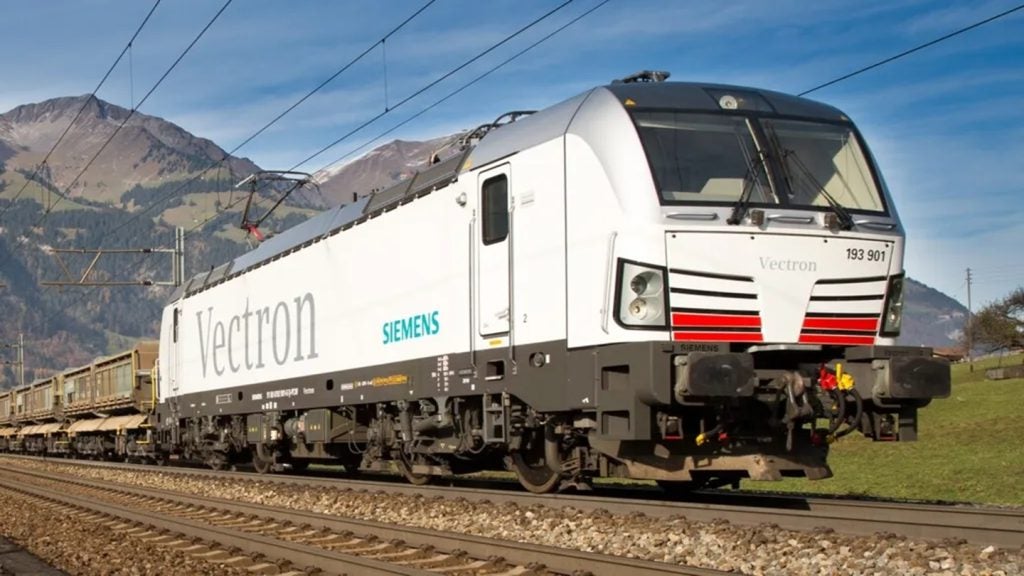
Efficient airport rail links offer a host of advantages at almost every level of airport operation and air travel. Airports themselves, as well as the airlines that operate within them, benefit from better accessibility and a corresponding increase in travellers. Removing thousands of cars from the surrounding road routes lowers carbon emissions and noise pollution, and as such, integrated rail links often form a major component of environmental management strategies at international air hubs.
Customers, meanwhile, can look forward to a more reliable and direct route to the airport (especially when airport rail terminals are well planned and built into the check-in and departure experience), without the hassle and expense of long-term parking. Even beyond the world of air travel, rail operators running airport services often reap the rewards of increased counter-peak revenues as air travellers require rail services even outside of peak times.
As a result of this laundry list of rewards, airport rail projects have been enjoying a boom period for the last decade or more, and the market looks set to continue its spell of good health. According to the International Air Rail Organisation (IARO), there are currently around 187 rail links to 142 airports around the world, with another 388 links in various stages of planning, development or construction. Here we look into the unique requirements and issues involved in running a world-class airport rail link, taking in some of the world’s most successful projects along the way.
Harnessing the benefits of integrated rail
Integration is key when considering effective airport rail projects. For the majority of today’s airport construction and expansion projects, building rail links into the airport designs themselves is an important priority. For example, for the $500m South Terminal redevelopment programme at Denver International Airport (the largest international airport in the US), a new rail station has been included in the master plan to connect the region’s FasTracks rail network directly to the terminal building, along with a new railway bridge to facilitate the connection.
Efforts like this are made to ensure that travellers experience a seamless intermodal transition between their train and plane journeys, with rail terminals leading directly into check-in desks and the start of the airport experience. Heathrow Express, one of the world’s most prominent airport rail links, prioritises ease of access to check-in areas, with rail links often terminating directly under check-in areas, which are easily accessed by elevator or escalator.
Rail integration with airport functions doesn’t only come in the form of physical design and passenger convenience, however. New wireless technologies are now changing the way that rail journeys can interface with the airport experience to come. Hong Kong International Airport’s highly sophisticated Airport Express rail link, for example, provides check-in kiosks for major airlines in the network’s Hong Kong and Kowloon stations, allowing ongoing passengers to pre-empt the check-in queues and print off their boarding passes early. The service allows tie-ins with Asia Miles system, giving travellers reward points to spend on flights and holidays for every round trip taken on the Airport Express.
How well do you really know your competitors?
Access the most comprehensive Company Profiles on the market, powered by GlobalData. Save hours of research. Gain competitive edge.

Thank you!
Your download email will arrive shortly
Not ready to buy yet? Download a free sample
We are confident about the unique quality of our Company Profiles. However, we want you to make the most beneficial decision for your business, so we offer a free sample that you can download by submitting the below form
By GlobalDataRail integration and the environment
Efficient integration of rail links and other forms of public transport can have a significant effect on an airport’s environmental performance. Heathrow Express has saved over 200 million kilograms of carbon emissions since its launch in 1998, for example. But in order to take advantage of rail’s environmental benefits, customers have to be convinced of its convenience above traditional journeys by car and taxi, allowing more journeys to be transferred from the road to the tracks. Part of this can be achieved by making the journey itself a pleasurable experience for passengers; Heathrow Express offers amenities like onboard TV services and free Wi-Fi, helping it achieve a 93% satisfaction rating in the 2010 National Passenger Survey, making it one of the most popular rail services in the UK.
Another important point in making rail the preferred method of getting to the airport is through the design and placement of the airport rail terminal. Arup director Elliot Wishlade, who has been involved in many of the company’s airport design and infrastructure projects, says that the location of the terminal relative to airport check-in and other services plays a major role in incentivising public transport alternatives to cars. "All of the surface access is a major contribution to emissions of the broader airport function," he says. "Getting that sorted out where alternative public transport elements are appropriate is very important, as well as avoiding those double-journeys of well-wishers dropping off and picking up. Those sorts of transport strategies are hugely important. You need to prioritise in terms of access to the front door – you push public transport to the front door and push private car parking to less convenient places."
The revamped Arlanda Express
Arlanda Express has been in operation since 1999, taking passengers from central Stockholm to Stockholm-Arlanda Airport. The service completed a Skr100m ($15m) design overhaul in 2010, introducing the new Framtidståg (train of the future) to provide airport-bound passengers with a stylish and relaxing 20-minute journey.
Arlanda Express contracted design agency Idesign to implement a ‘new Nordic’ theme for the trains’ interiors, emphasising the functionality and simple beauty of the Scandinavian design tradition. The new trains increase luggage space (a vital requirement unique to airport rail services), as well as increasing legroom while also managing to squeeze in 20% more seating than previously.
"With the new train design and comfort we hope to surprise both customers and personnel," said Arlanda Express CEO Per Thorstenson on the launch of the new trains. "We worked on designing a number of details that have never been seen on Swedish trains before, including our own ergonomic chair that gives the feeling of a private sphere – riding ‘in the bubble’ – as well as improved luggage space." Three trains have so far been remodelled to fit the new design, with the remaining four expected to be modified by the end of 2011.
Since the relaunch, Arlanda’s new trains have won some prestigious awards, including the 2011 Red Dot Design Award for product design of the year. It was also named the Project of the Year by the Global AirRail Awards, gaining the top honour among 31 other finalists from 13 countries.
The launch of Arlanda Express’s Framtidståg has coincided with the rail operator’s best financial results to date. Ticket sales, profit and passenger traffic were all up, with passenger numbers rising 2% compared to 2009 and annual sales rising from Skr521m in 2009 to Skr546m last year. Despite 2010 being a year of a volcanic ash cloud and unusually heavy snowfall in Sweden, it seems that the redesigned trains are giving Arlanda Express an impressive boost, even at this early stage.
Although Heathrow Express’s recent cancellation of its ‘Airtrack’ plan to connect the airport to the UK’s southern rail network proves that airport rail projects are not immune to the spectre of global recession (not to mention the UK Government’s comprehensive spending review), but the market outlook remains generally positive, with a number of new air-rail projects moving forward or recently completed in Berlin, Vancouver and Toronto among others. It appears that, despite the budget problems that are scuppering other rail plans, the benefits of airport rail links are still proving hard to resist.







